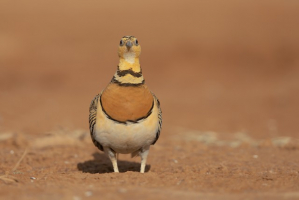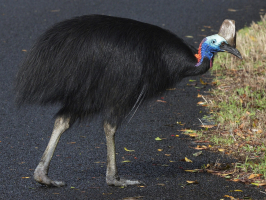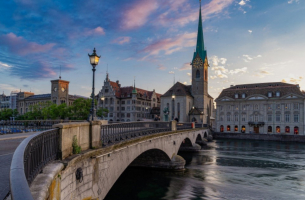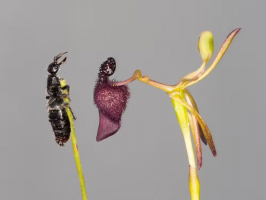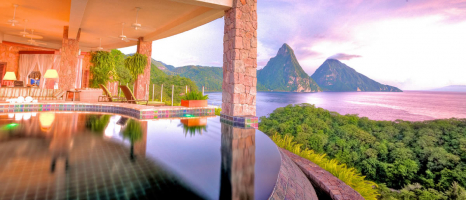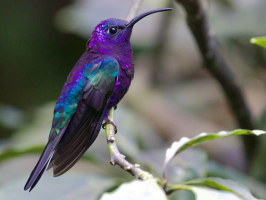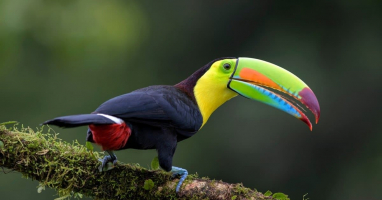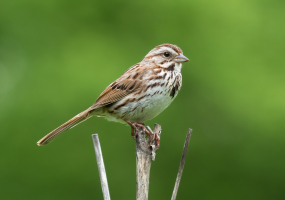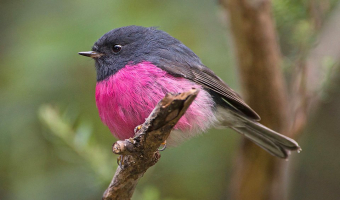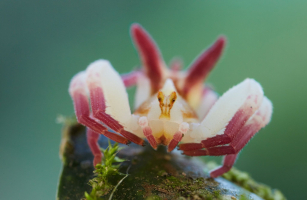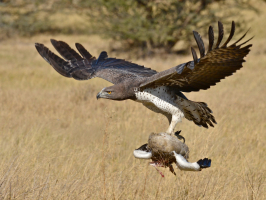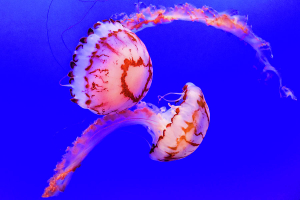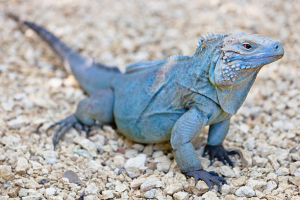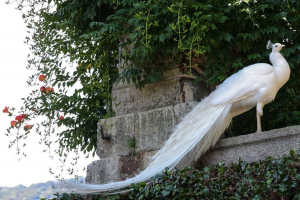Top 10 World's Most Amazing Water Birds
Often called aquatic birds, water birds are widely distributed across the globe and contribute richly to the beautiful atmosphere people live in. These are ... read more...commonly found in shallow water (both freshwater and saltwater) habitats. Ranging from kingfishers, and coastal birds to the majestic American dipper, there is a large number of rare and exotic aquatic birds. The adaptations of water birds include webbed feet, beaks, and legs adapted to feed in the water and the ability to catch prey inside the water. Below is a list of the amazing water birds in the world, let's find out!
-
Kingfishers or Alcedinidae are a family of small to medium-sized, brightly colored birds in the order of Coraciiformes. They have a wide range, with the majority of the species being found in the tropics of Africa, Asia, and Oceania, as well as in Europe. They can be located close to tranquil ponds and little rivers in dense forests. The family is made up of three subfamilies, 19 genera, and 114 species. Large heads, long, pointed bills, small legs, and stubby tails are characteristics shared by all kingfishers. The majority of species have colorful plumage with barely discernible differences between the sexes.
The majority of species are found only in forests, and the majority of those are tropical in range. They eat a variety of food, which they often catch by swooping down from a perch. Many species of kingfishers live far from water and feed on small invertebrates, despite the common misconception that they dwell near rivers and eat fish. They nest in cavities, typically tunnels dug into the natural or man-made banks in the earth, like other members of their order. Some kingfishers build their nests inside termite mounds. A small number of species, mostly insular types, face extinction.
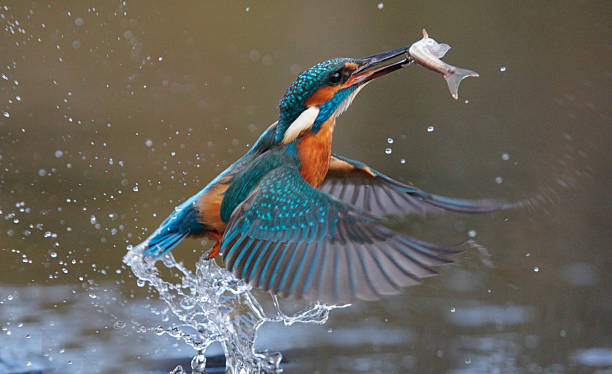
iStock 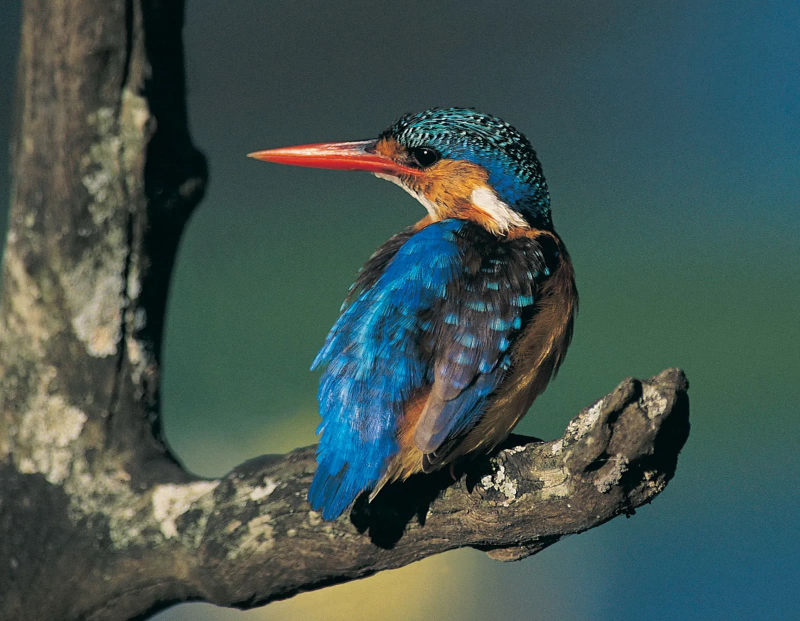
Encyclopedia Britannica -
The African Jacana (Actophilornis africanus) is a wader in the family Jacanidae, identifiable by long toes and long claws that enable them to walk on floating vegetation in shallow lakes, their preferred habitat. Jacanas are found worldwide within the tropical zone, and this species is found in sub-Saharan Africa. They feed on insects and other invertebrates picked from the floating vegetation or the surface of the water.
African jacanas are noticeable and easily recognized birds. They can range in length from 23 to 31 cm. Females in jacanas tend to be larger on average than males. Males can weigh between 115 and 224 g (averaging 137 g or 4.8 oz), while females can weigh between 167 and 290 g (on average 261 g). This seems to be the heaviest jacana species, in comparison to the comparable-sized Madagascar jacana. They feature black wingtips, a back neck, and an eyestripe on top of chestnut underparts. In both adults and juveniles, the underparts are chestnut, although in the latter they are white with a chestnut belly patch. The legs and lengthy toes are grey, and the blue bill spreads upward to resemble a coot's head shield.
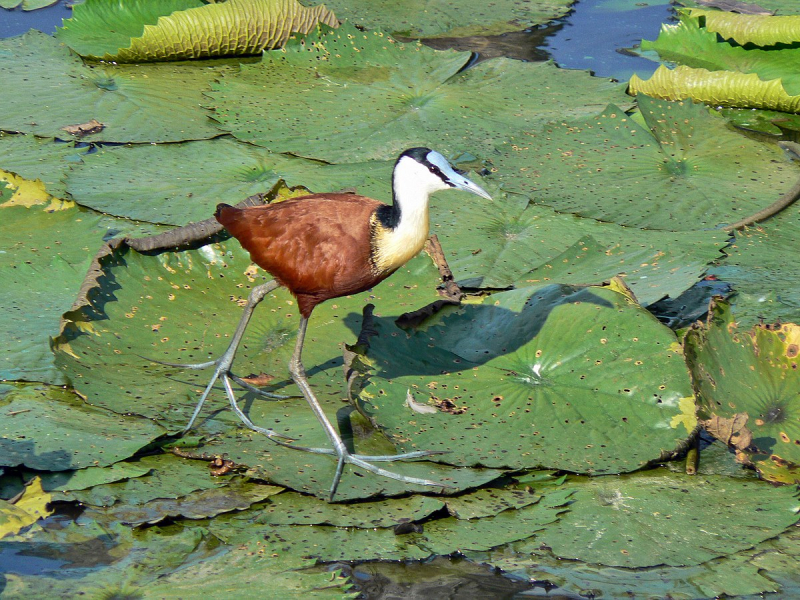
Wikipedia 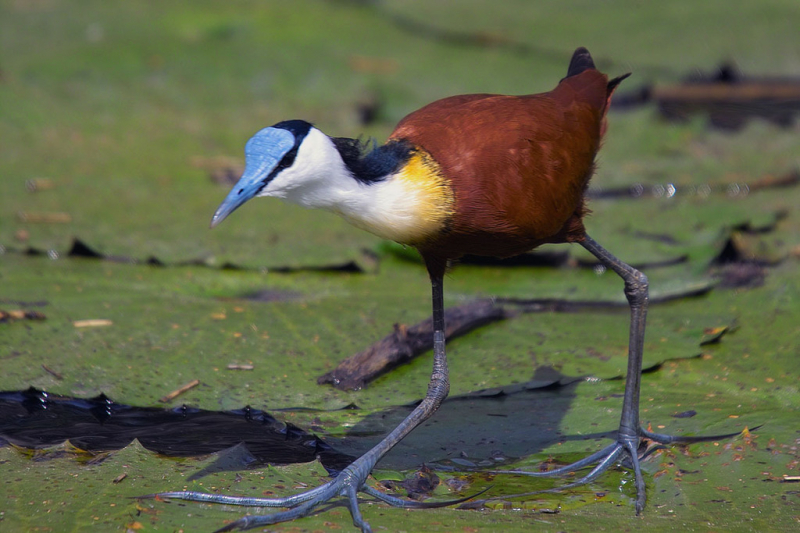
iNaturalist -
The Great Cormorant (Phalacrocorax carbo), known as the black shag in New Zealand and formerly also known as the great black cormorant across the Northern Hemisphere, the black cormorant in Australia, and the large cormorant in India, is a widespread member of the cormorant family of seabirds. It breeds in much of the old world, Australia, and the Atlantic coast of North America.
They are tied as the second largest extant species of cormorant after the flightless cormorant, with the Japanese cormorant averaging a similar size. It has a golden throat patch and a somewhat lengthy tail. During the breeding season, adults have white spots on their thighs and throat. It can be identified from the common shag in European seas by its greater size, heavier bulk, thicker bill, absence of a crest, and lack of any green tinge to its plumage. Although they are largely silent, great cormorants occasionally make a variety of guttural noises around their nesting colonies.
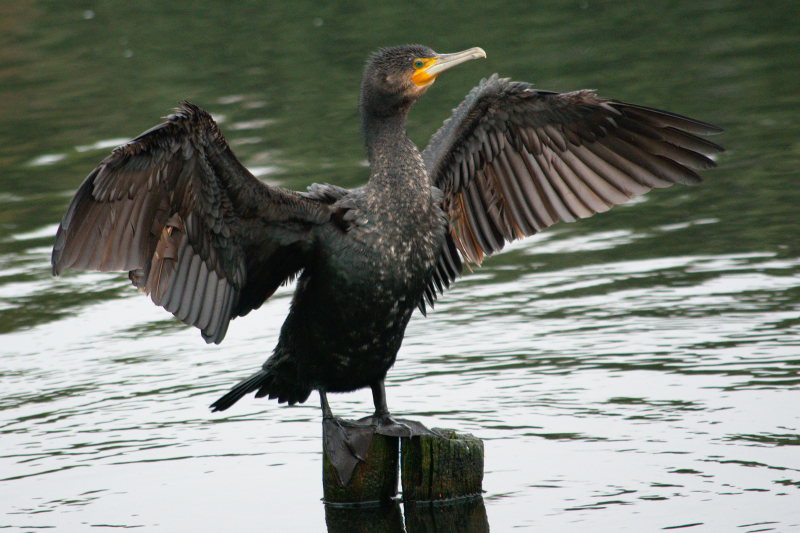
Wikimedia Commons 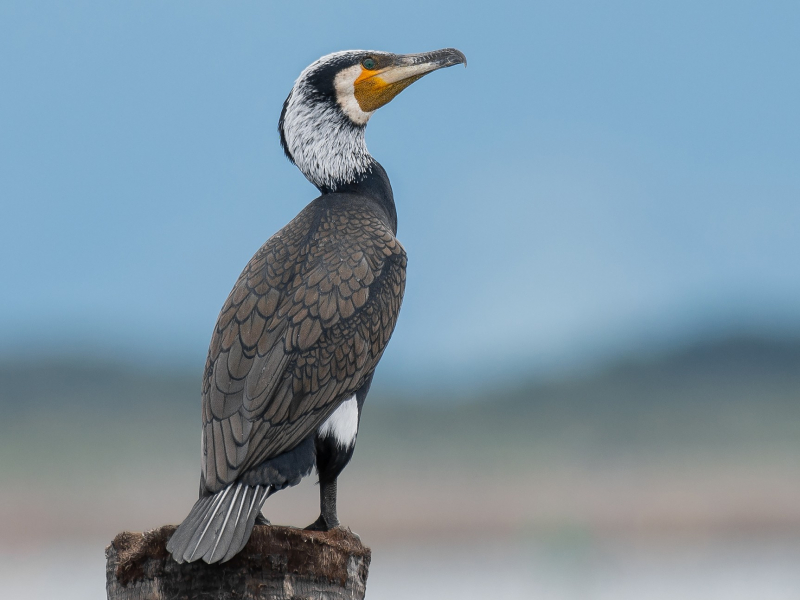
eBird -
The American Dipper (Cinclus mexicanus), also known as a water ouzel, is a stocky dark grey bird with a head sometimes tinged with brown, and white feathers on the eyelids that cause the eyes to flash white as the bird blinks. The American dipper stays there most of the time but may occasionally migrate a little south or to lower elevations in search of food or unfrozen water. This indicator species indicates good water quality while it is present, but it has disappeared from some areas due to pollution or an increase in the amount of silt in streams.
It feeds on aquatic insects and their larvae, including dragonfly nymphs, small crayfish, and caddisfly larvae. It may also take tiny fish or tadpoles. Its habit of diving underwater in search of food can infrequently make it the prey of large salmonids like a bull or Dolly Varden trout. Their nest is a globe-shaped structure with a side entrance, close to water, on a rock ledge, river bank, behind a waterfall, or under a bridge. The normal clutch is 2–4 white eggs, incubated solely by the female, which hatch after about 15–17 days, with another 20–25 days to fledging. The male helps to feed the young.

National Audubon Society 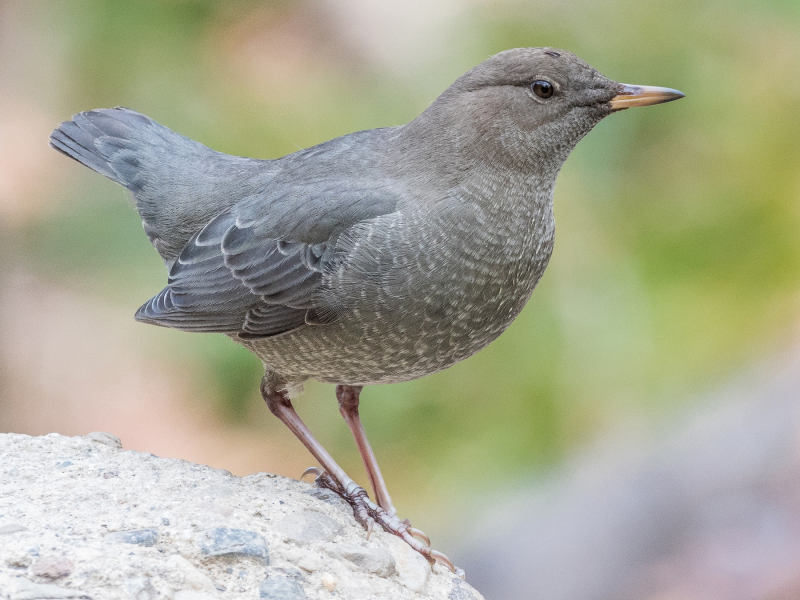
eBird -
Baillon's Crake (Zapornia pusilla), also known as the marsh crake, is a small waterbird of the family Rallidae. Their breeding habitat is sedge beds in Europe, mainly in the east, and across the Palearctic. These birds use their bill to probe through mud or shallow water and also find food by sight. They primarily consume insects and aquatic creatures. During the breeding season, Baillon's crakes are quite elusive and are typically heard rather than seen. They become noisy birds with a rattling call akin to garganey or an edible frog. They might be simpler to spot during the migration or during the winter.
They are only marginally larger than the small crake and are 16 to 18 cm in length. The small, straight bill of the Baillon's crake is yellow or green without a red base. Adults have a blue-grey face and underparts, with mostly brown upper parts and occasional white markings. Black and white bars are present on the back flanks. They have short, banded tails, green legs with long toes, and lengthy legs. Baillon's crakes are identical to adults in appearance, but juveniles have heavily barred underparts. As with other rails, the downy chicks are all black.
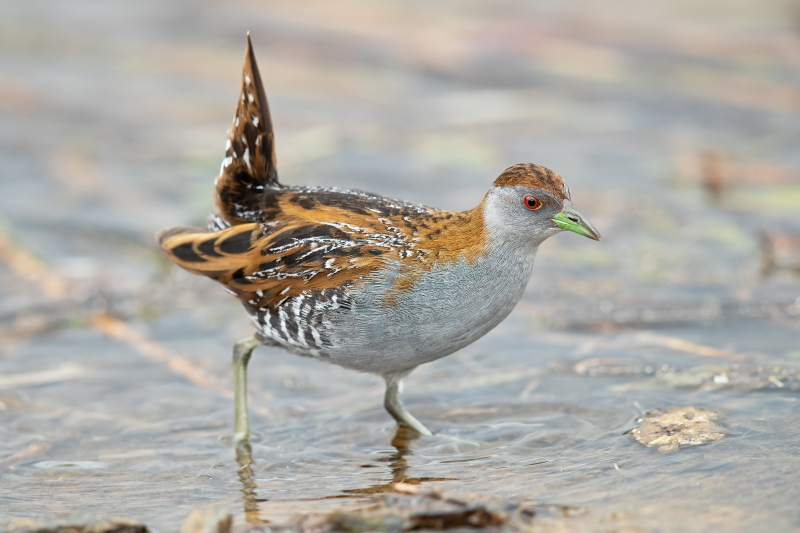
Wikipedia 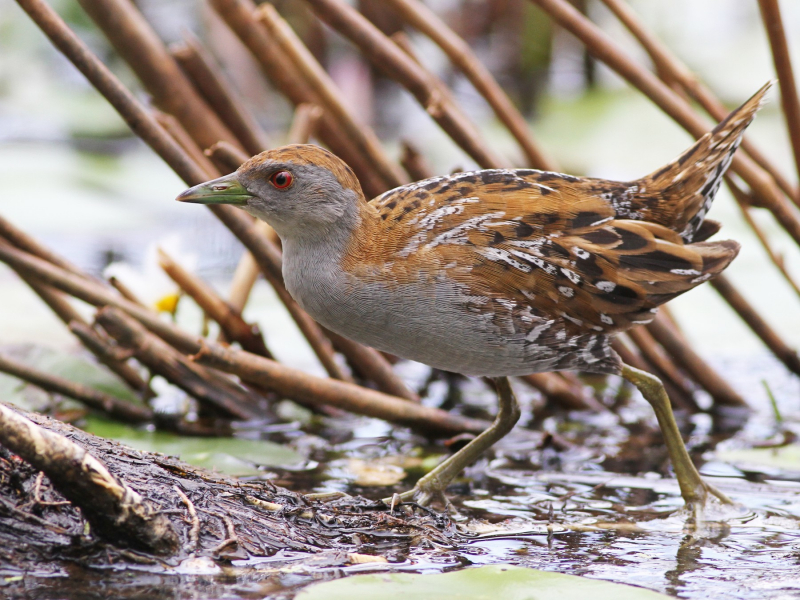
eBird -
The Black-Legged Kittiwake (Rissa tridactyla) is a seabird species in the gull family Laridae. It is a coastal bird of the arctic to subarctic regions of the world. Their main food source consists of fish, though it is not unlikely to find invertebrates such as copepods, polychaetes, and squids in their diet, especially when fish is harder to find.
The adult measures 37–41 cm long, with a wingspan of 91–105 cm, and weighs 305–525 g. It features a white head and body, a grey back, black legs, a yellow bill, and grey wings with solid black tips. A few individuals occasionally have pinky-gray to reddish legs, which could be mistaken for red-legged kittiwakes. Due to its deep red color, the interior of their mouths is another distinctive trait of the species. Carotenoid pigments and vitamin A, which must be obtained through diet, are the causes of this red coloring. They only have three toes, as suggested by their Latin name, as the hind toe is either completely removed or severely shortened. In winter, this species acquires a dark grey smudge behind the eye and a grey hind-neck collar. The bill also turns a dusky-olive color.
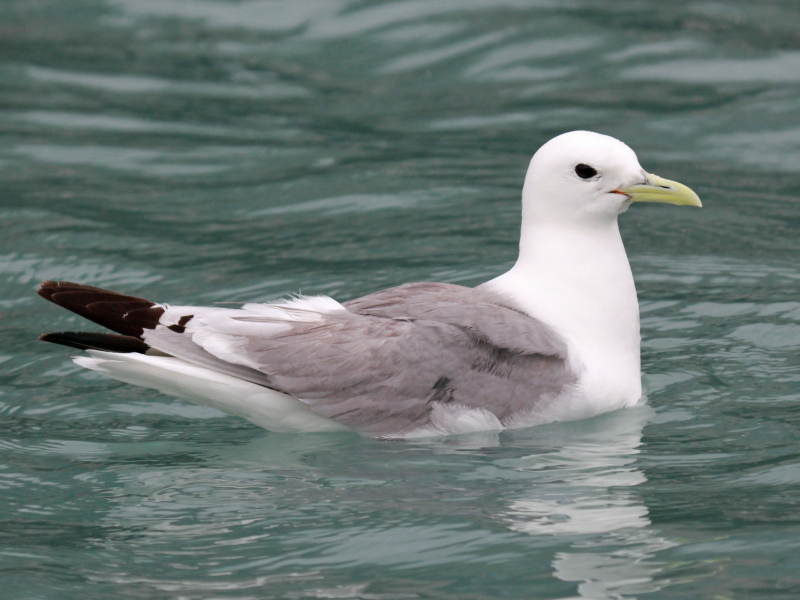
Wikipedia 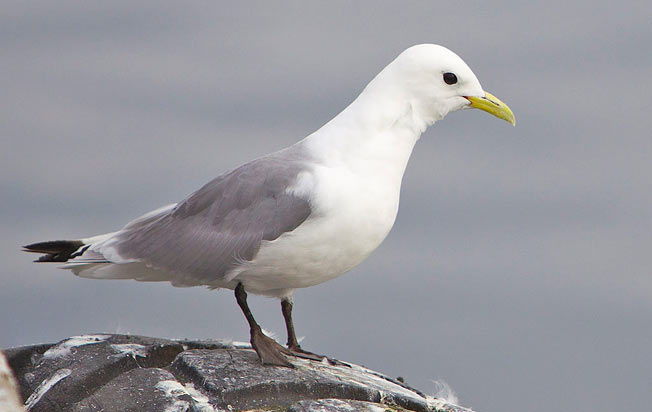
Peru Aves -
The Crab-Plover or crab plover (Dromas ardeola) is a bird related to the waders, but sufficiently distinctive to merit its own family Dromadidae. Its relationship within the Charadriiformes is unclear, some have considered it to be closely related to the thick-knees, or the pratincoles, while others have considered it closer to the auks and gulls. It is the only member of the genus Dromas and is unique among waders in making use of ground warmth to aid the incubation of eggs.
This bird looks like a plover but has long, grey legs and a tern-like, hefty black bill. It is easily recognized by its black-and-white plumage, long-necked erect posture, and large bill. Its unusual crab-eating bill makes it different from other waders. Its toes are only partially webbed. Except for the black on its back and in the primary feathers of its wings, the bird's plumage is all white. They make loud calls both at their nesting places and where they spend the winter. The typical call is a ka that is repeated quickly and is comparable to the bar-tailed godwit's call. A whinnying sound that rises may be made by flocks, and during the breeding season, they may whistle kew-ki-ki notes.
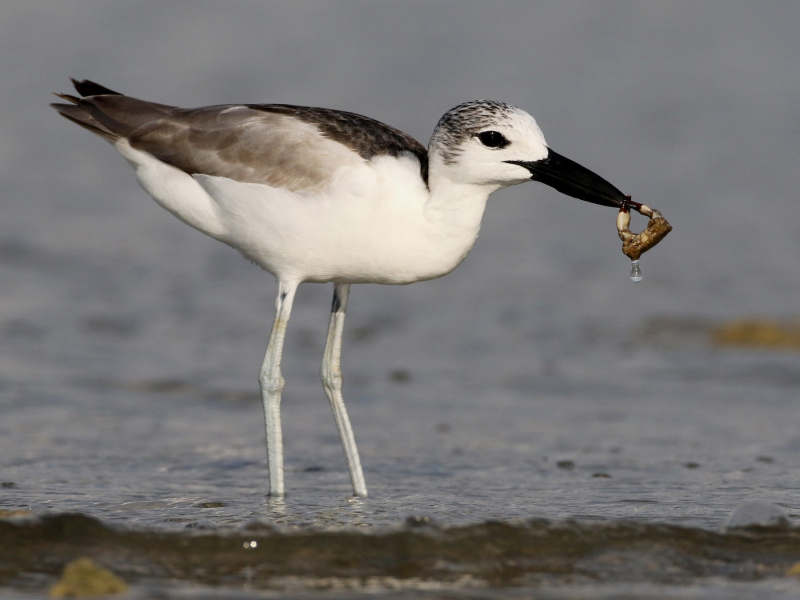
eBird 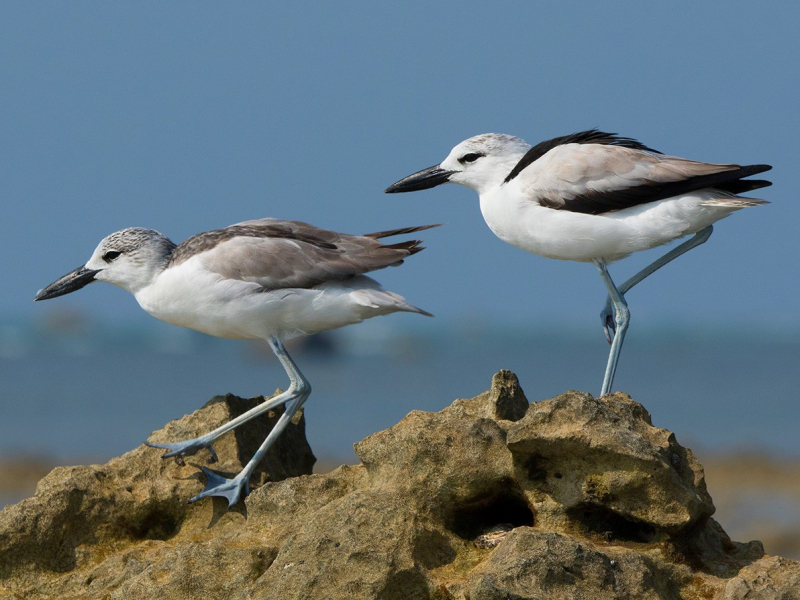
eBird -
The Eurasian Spoonbill (Platalea leucorodia), or common spoonbill, is a wading bird of the ibis and spoonbill family Threskiornithidae. The genus name Platalea is from Latin and means "broad", referring to the distinctive shape of the bill, and leucorodia is from Ancient Greek leukerodios "spoonbill", itself derived from leukos, "white" and erodios "heron". In England it was traditionally known as the "shovelard", a name later used for the Northern Shoveller. The diet consists of aquatic insects, mollusks, newts, crustaceans, worms, leeches, frogs, tadpoles, and small fish up to 10–15 cm long. It may also take algae or small fragments of aquatic plants (although these are possibly ingested accidentally with animal matter).
In the majority of its range, this species is virtually identical. The breeding bird is entirely white, but for its black bill with a yellow tip, dark legs, and pelican-like yellow breast patch. During the breeding season, it develops a crest. Non-breeders lack the crest and breast patch, and young birds have a pale bill and black tips to their main flight feathers. Unlike herons, spoonbills fly with their necks extended. The African spoonbill, with which it overlaps in the winter, is distinct from the Eurasian spoonbill in that it lacks a crest and has a red face and legs.
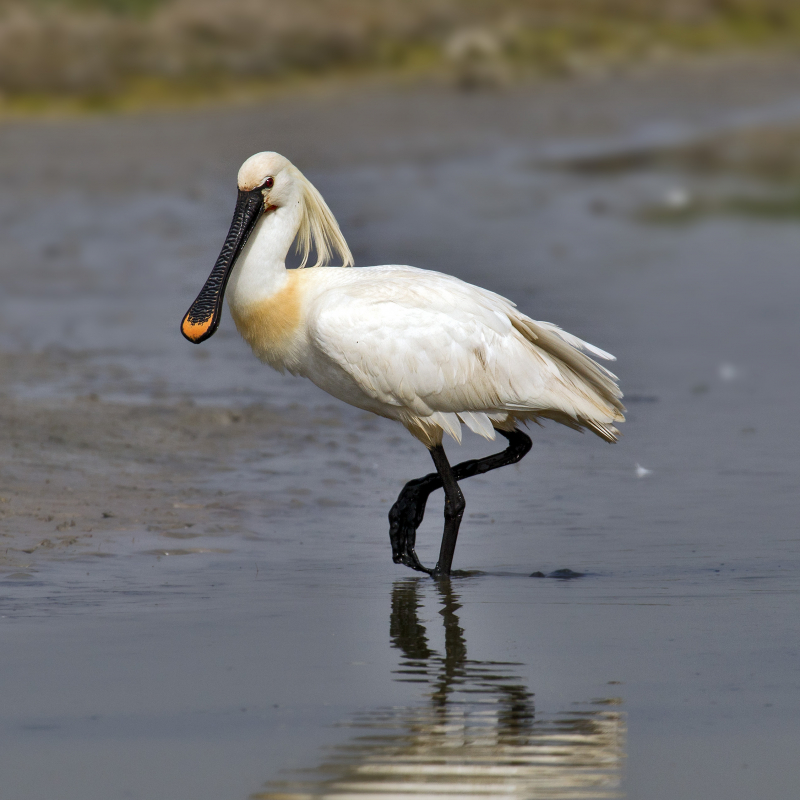
Wikipedia 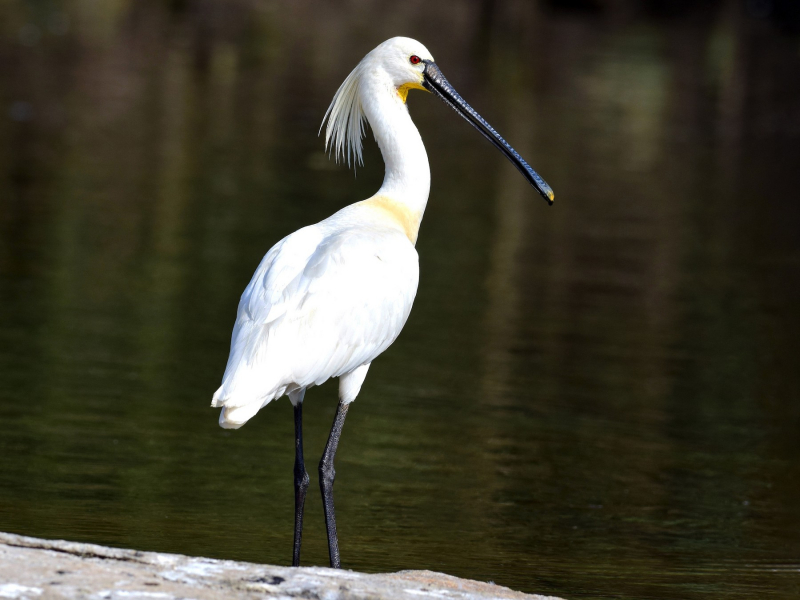
eBird -
The Flamingo is arguably the most famous wading bird on the planet. The striking red-purple coloring of the flamingo's plumage alone makes it unique among birds. The world's flamingo population consists of six distinct species. Except for Antarctica, they were found on every continent.
A mature flamingo can weigh up to 3.6 kilograms and is 4-5 feet long. Their beak is distinctively bent downward and has a long, slim neck. Flamingos have extremely lengthy legs, which range in length from 30 to 50 inches. They can pull little fish, larvae, and planktons out of the muck thanks to their long legs and highly designed beaks. Flamingos are social birds that dwell in vast colonies with thousands of members. The food they consume gives them their eye-catching red-purple color. Blue-green algae, plankton, and brine shrimp make up the majority of their food. The unique glands in flamingos' plumage are used to spend hours lubricating their feathers. They benefit from having healthy plumage all the time.
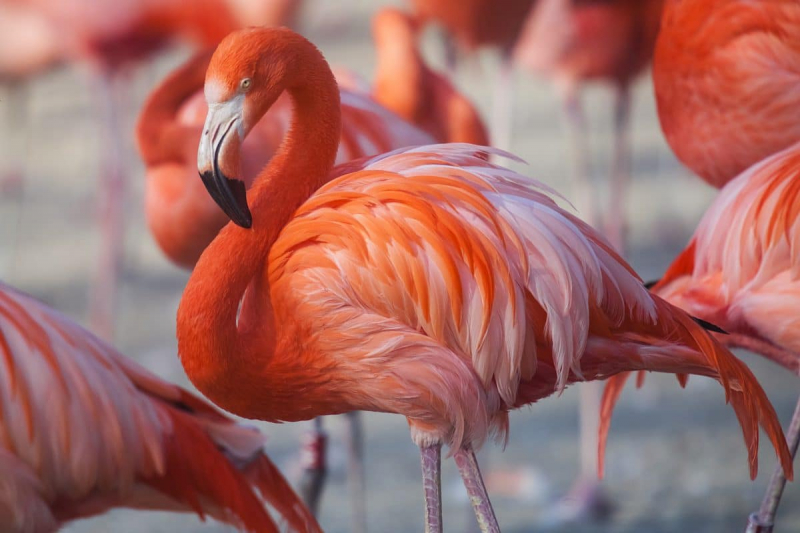
Tomita bento 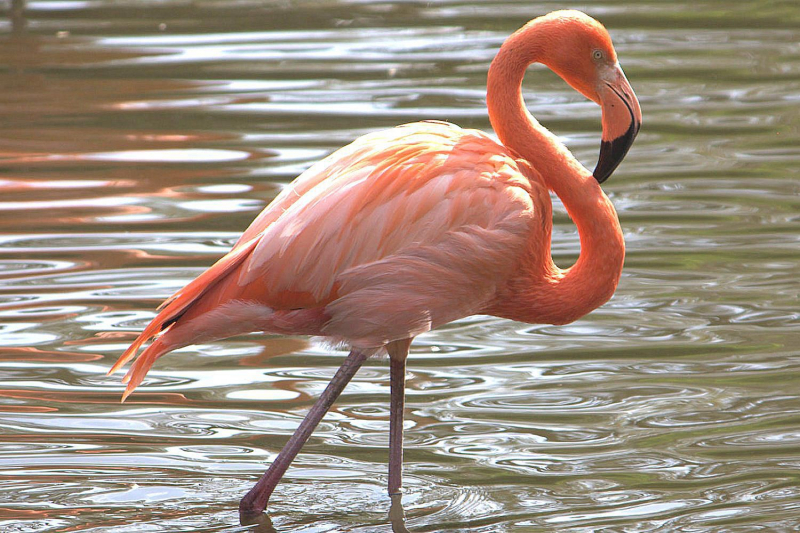
The Spruce -
The Glossy Ibis (Plegadis falcinellus) is a water bird in the order Pelecaniformes and the ibis and spoonbill family Threskiornithidae. The glossy ibis' food varies seasonally and depends heavily on what is readily available. Adult and larval insects, including aquatic beetles, dragonflies, damselflies, grasshoppers, crickets, flies, and caddisflies, as well as leeches, mollusks (such as mussels and snails), crustaceans (such as crabs and crayfish), and occasionally fish, amphibians, lizards, small snakes, and nesting birds, are among the prey.
It is a medium-sized ibis species. Its length ranges from 48 to 66 cm, averaging 59.4 cm, and its wingspan is 80 to 105 cm. The culmen is 9.7 to 14.4 cm long, each wing is 24.8 to 30.6 cm long, the tail is 9 to 11.2 cm long, and the tarsus is 6.8 to 11.3 cm long. This ibis's body weight can vary from 485 to 970 g. Adults that are breeding have a reddish brown body and glossy bottle-green wings. Juveniles and nonbreeders have duller bodies. This species has reddish-brown legs, a bill that is brownish, and black face skin that is edged above and below in blue-gray (non-breeding) to cobalt blue (breeding). Unlike herons, ibises fly with their necks extended, and they do so gracefully and frequently in a V formation. Its feathers are glossy as well.
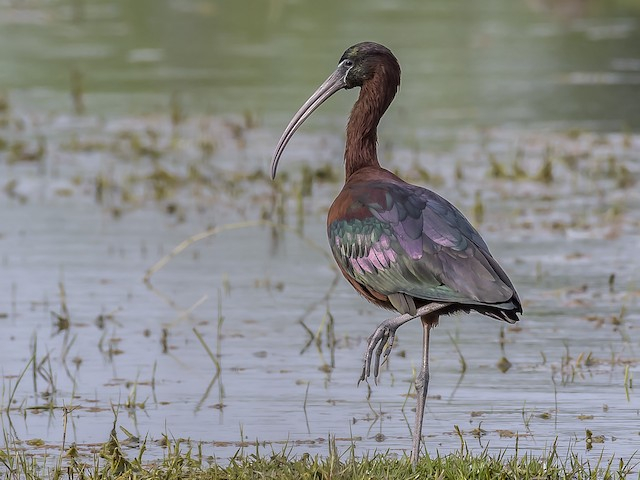
Birds of the World 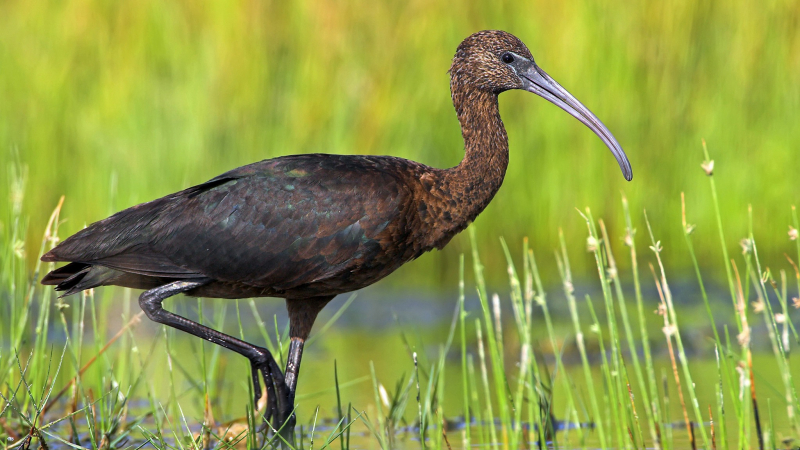
CGTN












